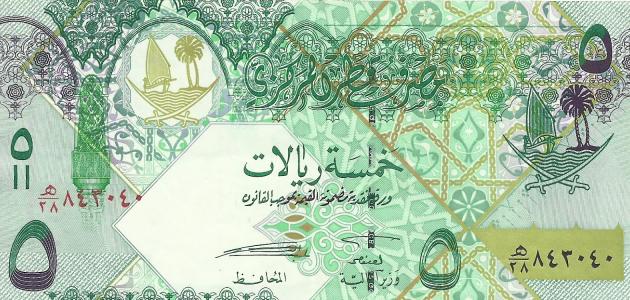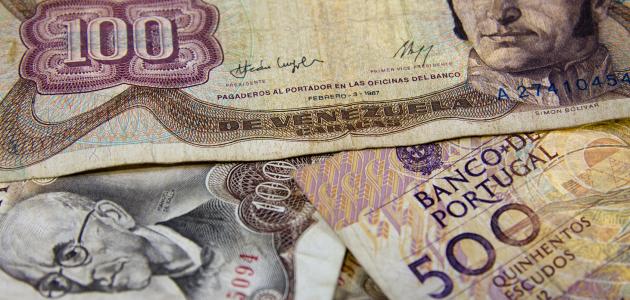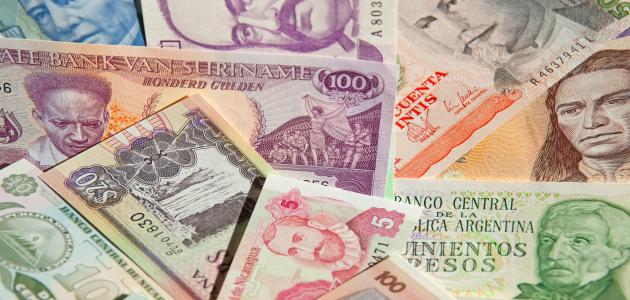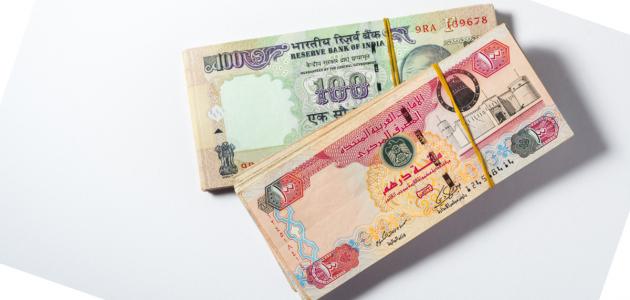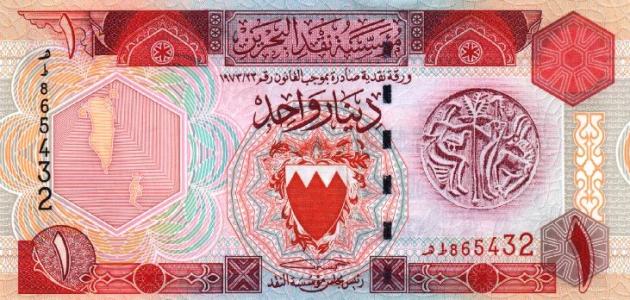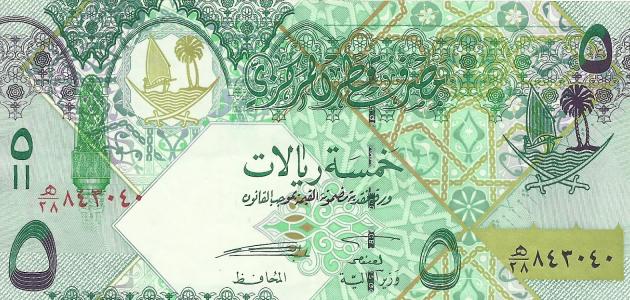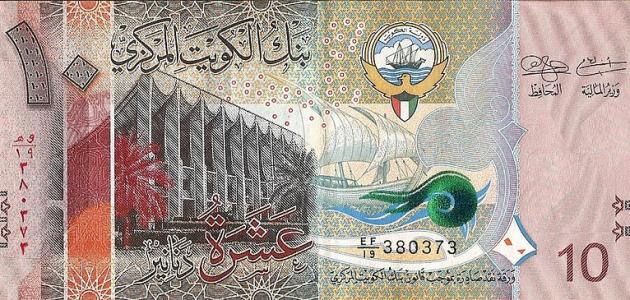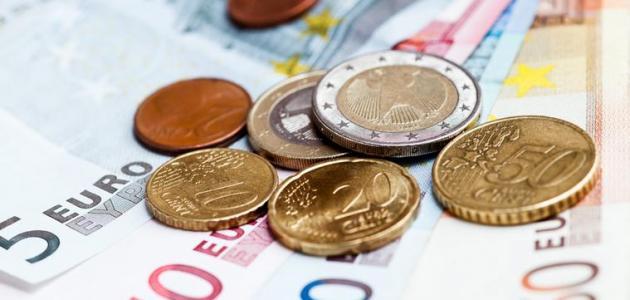Jordan's currency
The Jordanian dinar is the official and circulating currency in the country, which is known by the abbreviation (JOD). One Jordanian dinar consists of 1,000 fils, which is equivalent to 100 piasters. And the category of 50 dinars, the category of 20 dinars, the category of one dinar, and the following metal denominations: half a dinar, a quarter of a dinar, one hundred fils, fifty fils, twenty-five fils, ten fils, and five fils, and the Jordanian dinar is universally referred to by the symbol JD.
History of the currency of Jordan
Jordan used the Palestinian pound as its currency in the period between 1927 AD and 1950 AD, and when Jordan gained its full independence in 1946 AD, the importance of having its own currency emerged, and as a result a law was issued paving the way for the establishment of the Jordanian Monetary Board in 1949 AD; At that time, it consisted of four members, headed by one president, and the council assumed the task of issuing a new Jordanian currency, so that the Jordanian dinar became the new official currency of the country since 1950 AD, then the Central Bank of Jordan became the authority responsible for issuing the Jordanian dinar since 1959 AD.
The Jordanian government linked its official currency to the US dollar in order to create a stable financial system. As the fluctuation of the currency exchange rate greatly could lead to difficulty in attracting foreign investments to the country, in addition to creating difficulty in the flow of capital. Maintaining the stability of its exchange rate by linking the Jordanian dinar to the dollar; It leads to attracting deposits to local banks, and raising foreign investment directly.
Read also:What is the currency of the Republic of Chile?Jordan coin design
The Central Bank of Jordan is the entity responsible for issuing the dinar currency in both its paper and metal denominations since 1959 AD. The banknotes were designed with different designs and colors, as follows:
*One dinar denomination: It is lemon green, and on one side of the coin appears the image of Sheriff Hussein bin Ali, the leader of the Arab Revolt, while the reverse side bears an image that embodies the Great Arab Revolt.
- The five dinars category: It is in brick color, and on one side of the coin appears a picture of the founding king Abdullah bin Al-Hussein, who is the first king of the Hashemite Kingdom of Jordan, while the reverse side bears a picture of Ma’an Palace.
- Ten dinars note: It is blue, and on one of its sides there is a picture of King Talal bin Abdullah, the second king of the Kingdom of Jordan, while on the opposite side there is a picture of the first Jordanian parliament building.
- Twenty dinars category: It is in a greenish-blue color (cyan), and a picture of King Hussein bin Talal appears on one side of the coin, while the reverse side shows a picture of the Dome of the Rock.
- The category of fifty dinars: It is pinkish-brown in color, and a picture of King Abdullah II, the current king of the country, appears on one side of the coin, while a picture of Raghadan Palace appears on the reverse side.
The banking system in Jordan
The Central Bank of Jordan
The Central Bank of Jordan was established in the late fifties of the twentieth century, and the Central Bank Law was issued in 1959 AD, and its capital is wholly owned by the Jordanian government. It started with a capital estimated at one million Jordanian dinars, and it was increased in several stages to reach eighteen million Jordanian dinars. According to the provisions of the law, the Central Bank of Jordan enjoys complete independence, and it is worth mentioning that the Central Bank is responsible for issuing and regulating banknotes and coins, in addition to maintaining the stability of cash, which is one of its main tasks. It also has the ability to exchange dinars and manage bank reserves. And improving the role of the banking system, by using more effective means of control within international standards, and on the other hand, the Central Bank of Jordan works to secure a suitable banking environment for saving savings, financing investment, and maintaining adequate reserves of gold and foreign currencies.
Read also:Research the importance of moneyThe Central Bank offers many services and facilities. Such as securing the market needs of currency according to the required categories, providing liquidity to local banks and giving them loans through discount methods, or buying and selling securities such as bills of exchange and bonds, distributing statistical bulletins and economic reports to official and unofficial agencies, and determining the buying and selling prices of foreign currencies, as it manages the portfolio On the other hand, the Central Bank provides banking services to the government and its public institutions, which are represented in keeping deposits, opening accounts, and other services.
Read also:What is the currency of London?Other Jordanian banks
The banking system in Jordan consists mainly of the Central Bank, in addition to thirteen banks, including five foreign banks, five investment banks, two Islamic banks, in addition to the Industrial Development Bank, along with a number of other financial institutions.

